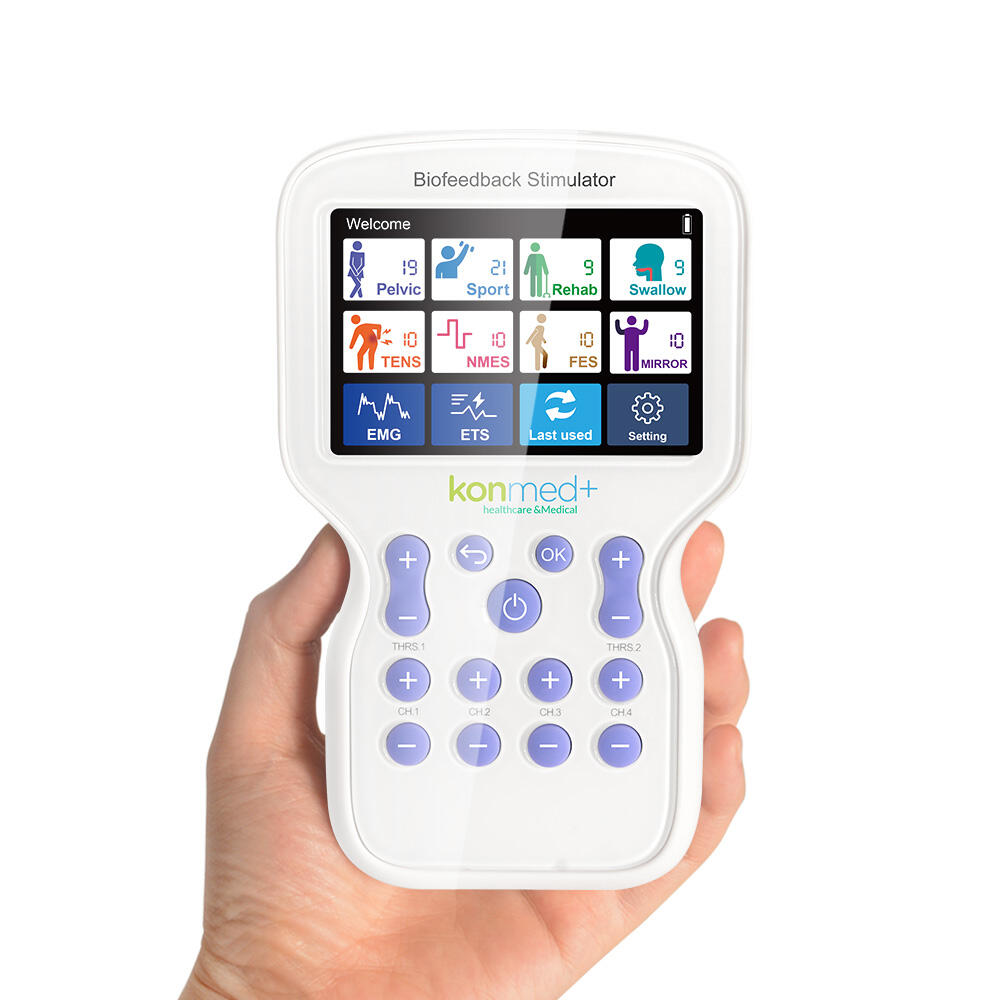biofeedback and fibromyalgia
Biofeedback represents an innovative therapeutic approach for managing fibromyalgia, a chronic condition characterized by widespread musculoskeletal pain. This treatment method employs sophisticated monitoring devices that provide real-time information about various physiological processes, including muscle tension, heart rate, skin temperature, and brainwave patterns. During a biofeedback session, sensors attached to the patient's body transmit data to specialized equipment, which displays these measurements through visual or auditory signals. Patients learn to recognize and modify their body's responses to pain and stress through this immediate feedback. The technology incorporates advanced sensors and computerized systems that track multiple physiological parameters simultaneously, allowing for comprehensive monitoring and analysis. Practitioners can customize treatment protocols based on individual patient needs, focusing on specific symptoms such as muscle tension, sleep disturbances, or anxiety-related issues common in fibromyalgia. The integration of biofeedback with other treatment modalities creates a holistic approach to managing fibromyalgia symptoms, emphasizing both physical and psychological aspects of the condition. This technology has evolved to include portable devices and smartphone applications, making it increasingly accessible for home use and continuous monitoring.
